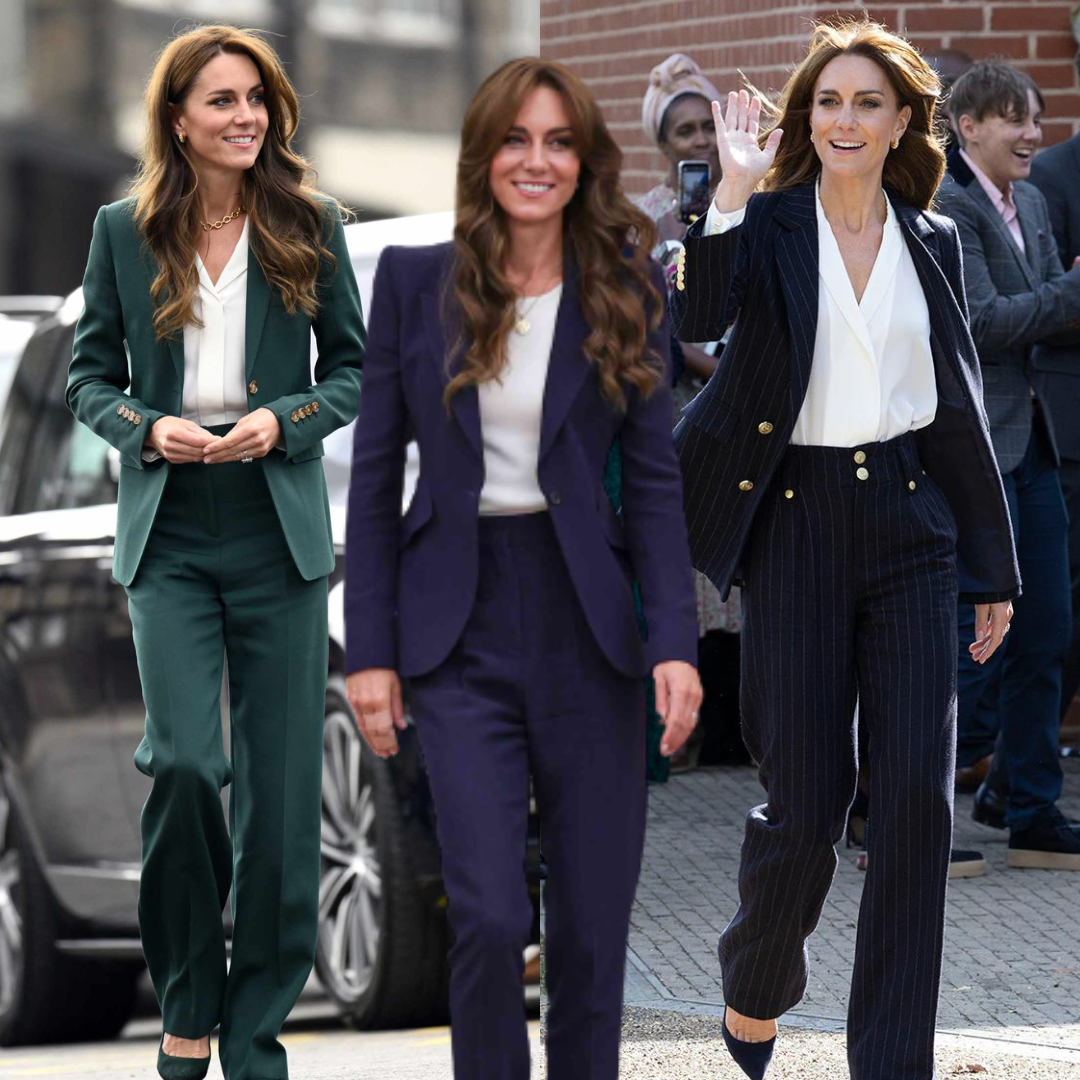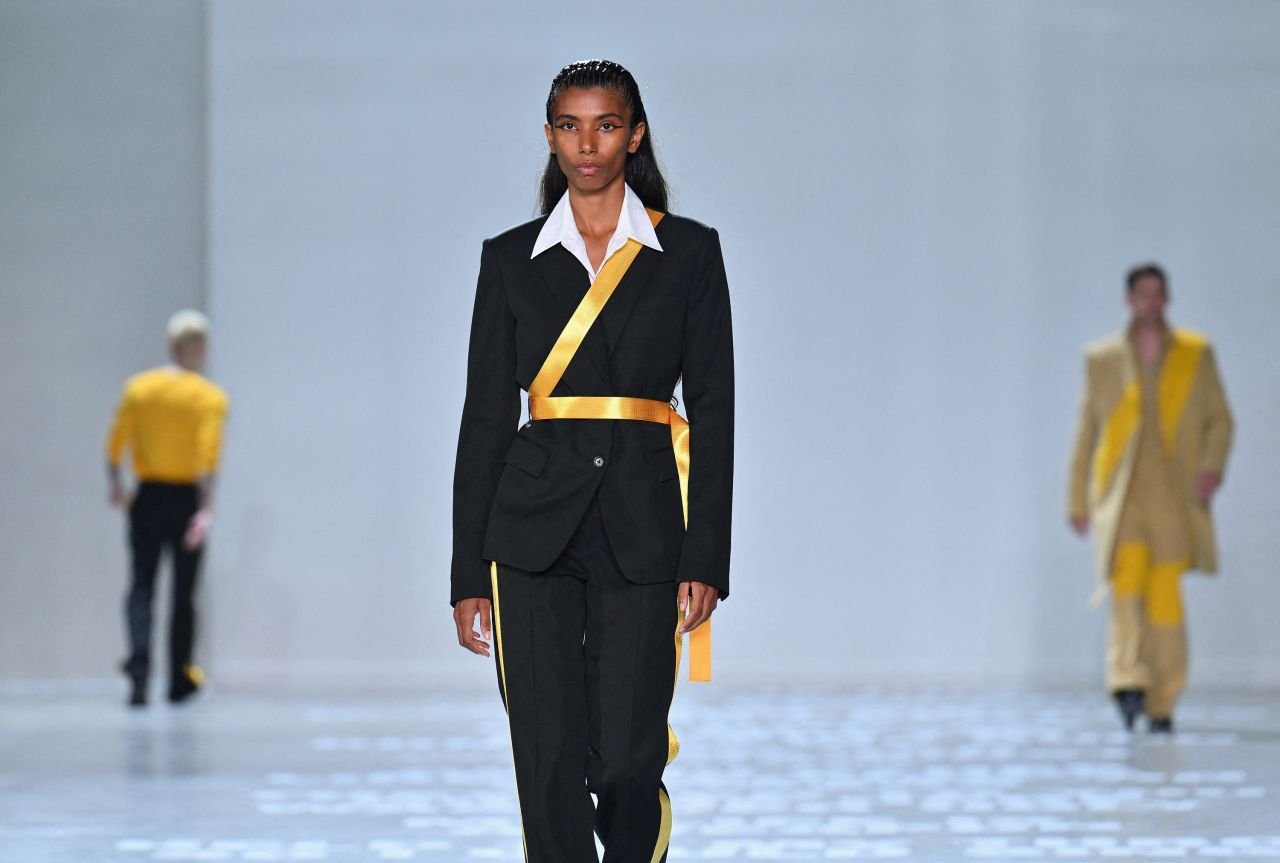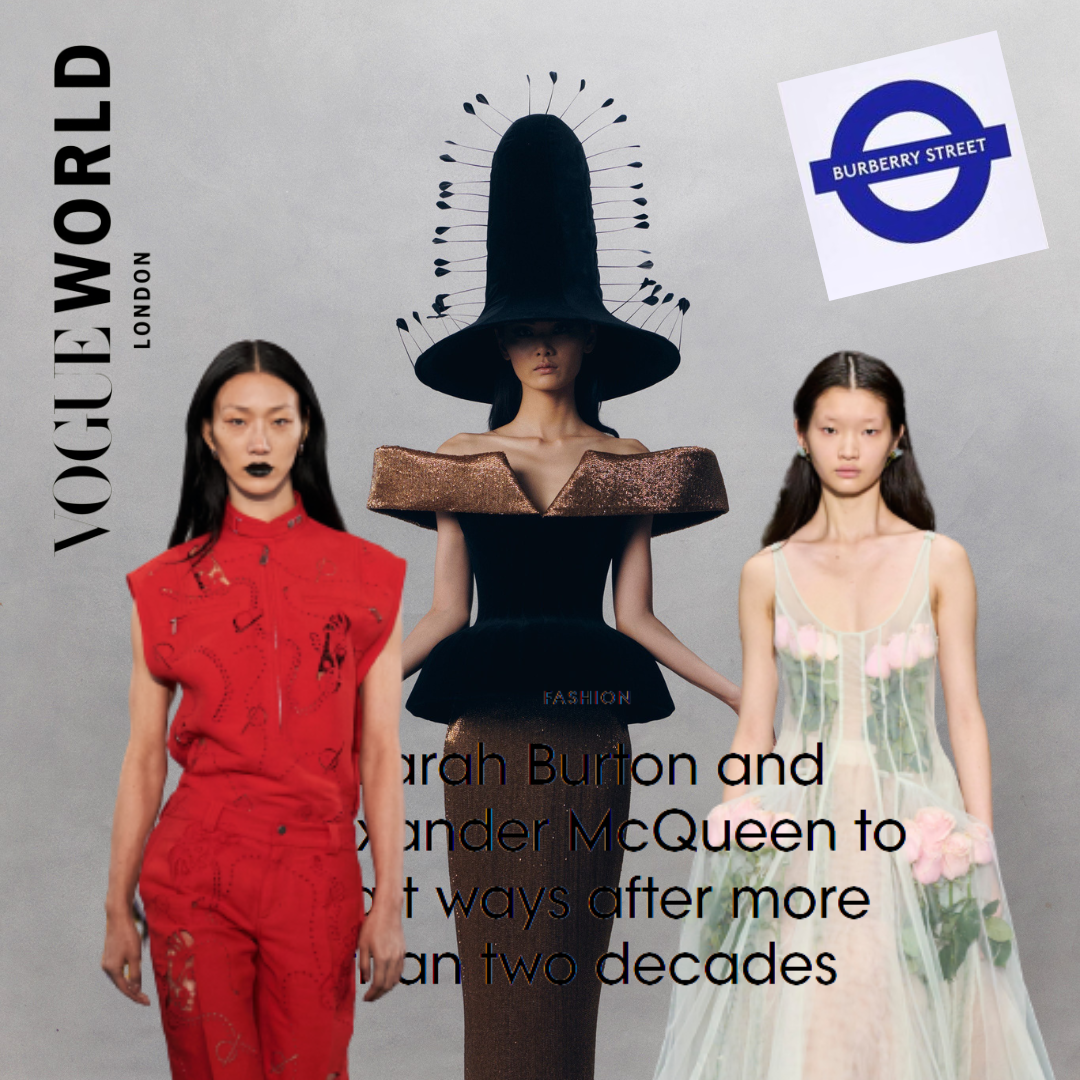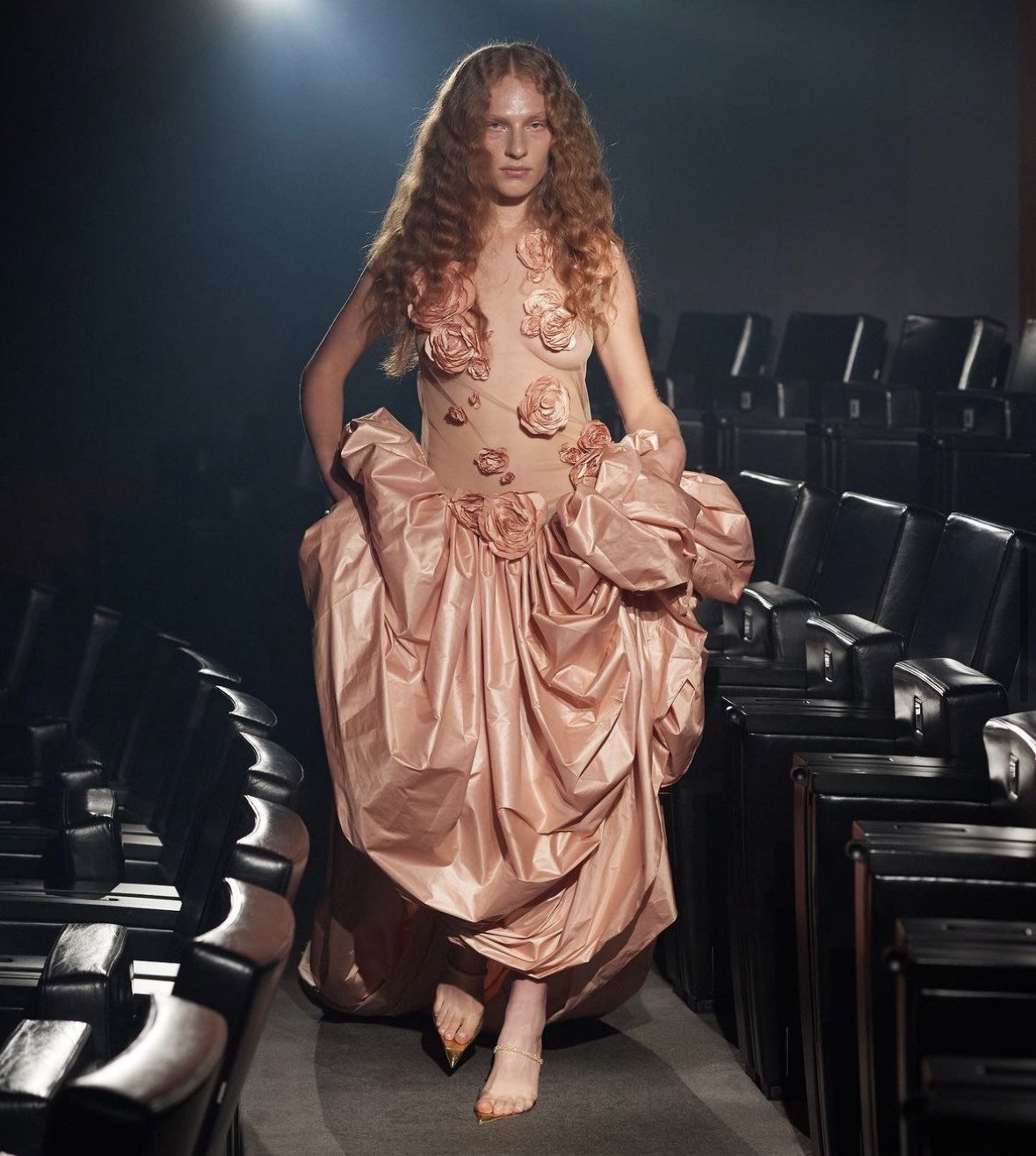How Has The Pandemic Impacted The Relationship We Have With Fashion?
We’re swiftly approaching the two-year mark since COVID-19 was declared a pandemic and countries all across the globe began going into various lockdowns that would, as we now know, last far longer than just two weeks. With as many people as possible staying at home, working from their living rooms and generally being confined to their house many have theorised how this has had an impact on the things we hold dear. Are we more or less likely to reach out and socialise? Have we leaned more heavily on alcohol and fast food? Are more of the population getting pets? Obviously, this is a fashion publication so we won’t have the answers to those questions here. Instead, we wanted to look into how the pandemic has shaped how we interact with fashion and the clothes already in our wardrobe.
Back in April of last year, we shared an article detailing how all the various lockdowns had influenced our shopping habits. At the time, the United Nations Conference on Trade and Development had published a survey entitled ‘COVID-19 and e-commerce’, examining our relationship with online shopping. According to this survey, online purchases have increased by 6-10% across almost all categories, including the fashion and beauty industries. The irony here though is obvious, if we haven’t been going out as much then why are we buying more clothes…or are we?
On the one hand, it makes complete sense that many of us would be seeking comfort in online shopping and new shiny purchases, while on the other hand why spend money on things you’re simply not going to get much use of out in the current circumstances.
Shopping makes us feel happy. When we purchase something we like we receive copious amounts of happy hormones and for a split moment we can almost (read, almost) forget the troubles of our life. The only problem is, it won’t actually fix those troubles. While we may be buying more, the truth is we’re mostly wearing pyjamas or tracksuits around the house. If you work from home, the likelihood is that your clothes are just sitting tucked away in your wardrobe and if you’re back in an office you’re probably wearing a different style to what you used to don for work.
Have our styles really changed that much? It would seem so. I reached out to my audience and asked them whether they had noticed a variation in how they dress now as opposed to early 2020. Here is a sample of some of these answers:
“The pandemic has made my style so much more casual! I still work from home so no more suits just sweats.”
“I have bought almost no clothes and spent most days in sweatpants.”
“Comfort and high-quality fabrics became more important to me.”
“I started dressing more masc (i.e. how I actually wanted to).”
“I went from wanting to look only as ‘authentically vintage’ as possible, to being flexible and using different eras and styles as a jumping-off point for my own style.”
“Mine definitely got louder and more colourful!”
“Not necessarily because of the pandemic, but I feel like my style has become more ‘me’, it’s also gotten more out there, just what I want to be.”
“I’ve prioritised comfort for me, wearing stuff I like rather than stuff I think I should like.”
From these answers alone it is clear that something has switched in our collective connection with our clothes and personal style. On one hand, we are craving clothes that are less restrictive and on the other many seem to be experimenting more.
Why we desire more comfortable clothing is pretty self-explanatory! No one enjoys wearing denim jeans around the house and once you’ve gotten used to the sweet pleasure that are tracksuit pants, jeans suddenly feel like torture devices.
In such an oversaturated world, it can be hard to find our uniqueness without fear of judgement or isolation and this had a crucial role in how we appreciate fashion. The fashion trend cycle moves at an expeditious pace, hardly giving us any time to actually absorb what’s ‘in vogue.’ Minimising the risk of embarrassment or seeming out of place means following along with trends and aiming to blend into the crowd. However, while many awful things have occurred as a result of the pandemic, one surprising positive came from being physically isolated. Without the trepidation of being seen in clothes by strangers or peers outside, lots of people found the power to experiment with the clothes they owned, to observe how they look in different silhouettes or fashion sub-cultures. People found themselves, and they have found new communities on the internet that have aided in uplifting them.
It is still unknown the degree to which this pandemic will have a lasting impact on our world in the years to come, but in just two very short years we have seen such a shift in our fashion that this period will surely be written about in fashion history books yet to be written.









